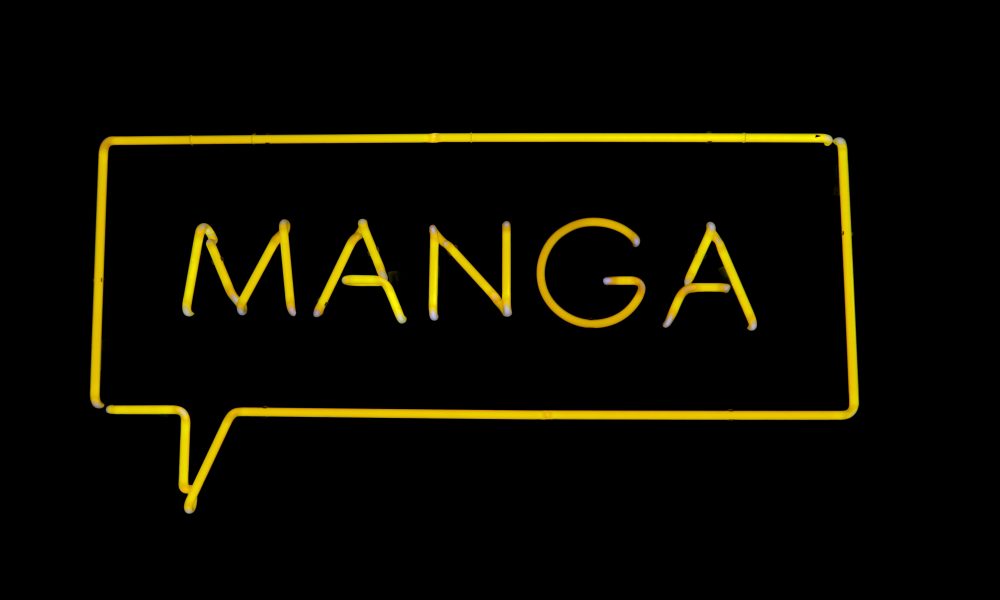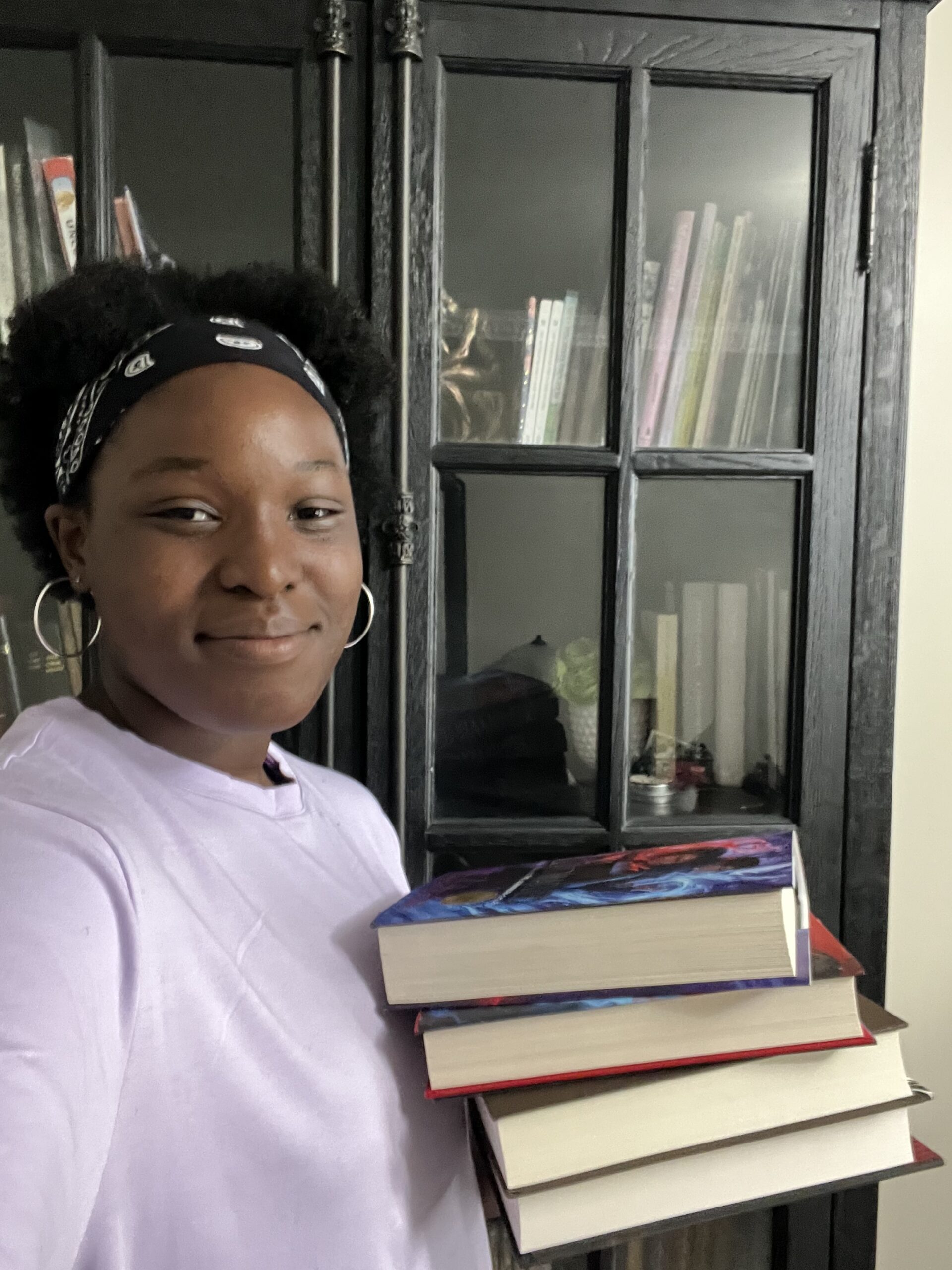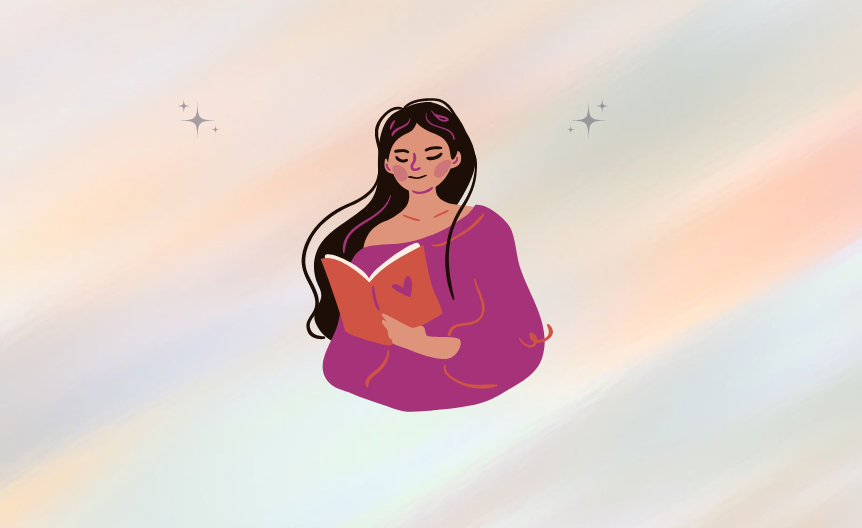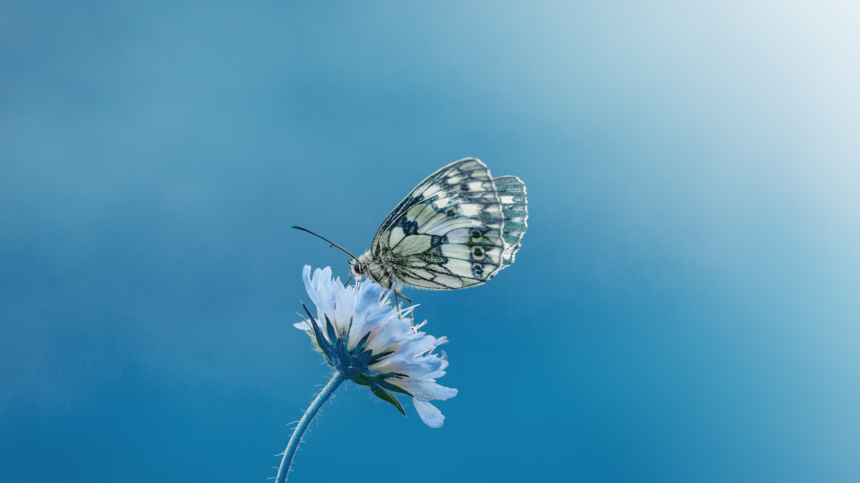*This story was originally published on teensinprint.com. Teens in Print is an inclusive WriteBoston program created to amplify the marginalized voices of eighth to twelfth grade Boston students.
When a friend recommended “Blue Flag” to me, I was instantly excited because of the stunning cover art. If you like coming-of-age romance stories like “My Love Mix-Up!” and LGBTQ themes with great art, deep characters, and dramatic scenes, then this manga is for you.
If you have never heard of manga before, they are basically Japanese comic books or graphic novels. It’s important to mention that manga focuses on art and has a very specific way it should be read. People who have never seen it before would most likely be confused. The books are meant to be read from back to front. The manga “Blue Flag”, written by Kaito, is introduced with our main protagonist Taichi Ichinose, who is entering his last year of high school. He is put in a class with his childhood best friend, Touma Mita, a popular and extremely likable person. He almost is the opposite of Taichi, who has a small group of friends and tends to keep to himself. Their relationship has grown distant over the years, and Taichi doesn’t consider them best friends anymore. He also happens to be in the class with a shy and clumsy girl named Futaba Kuze. Tachi doesn’t like Futaba but ends up becoming friends with her after he realizes that she has a crush on Touma. We learn more about the characters while Taichi uses his past knowledge of what Touma likes to help Futaba gain his attention. In spending more and more time together, they start to have feelings for each other. As their relationship unfolds, we meet Masumi Itachi, Futaba’s best friend, and we learn that she has something in common with Touma: they are both in love with their best friends.
I feel like every character is so detailed and carefully written that it is hard not to feel empathetic toward them. It’s easy to relate to the characters, and a good example of that happens while watching Taichi and Futaba fall in love. Their relationship is adorable, but we also see Touma and Masumi watch as someone they are in love with falls for someone else. There is definitely a sense of relatability in that because having the person you like not like you back happens a lot in real life, especially to teens.
Not only is the storyline good, but the way the author portrays the characters makes it 10 times better. The author skillfully presents the characters through LGBTQ themes. In a lot of stories with LGBTQ characters, writers make their only personality traits the fact that they’re queer. A common theme I see in current media is gay men are always surface-level characters; they often don’t have a lot of depth, and the role they play is usually very stereotypical. However, with Touma, we get to see the way he struggles with not knowing what he wants his future to look like, alongside the difficulties with his friendships and the relationships with the people around him. The author makes him seem like a real human, and I love that so much!
The ending gave me mixed feelings. I was happy with the way it ended, but it left me wanting to know more about the character’s future. (Spoiler alert!) We learn in the last chapter that Touma and Taichi had gotten together, but we never learn how they actually started dating and their full story. We only see that they eventually fall in love. I was honestly upset because there was so much potential that was lost. I definitely felt like it was not enough. Finishing it felt very bittersweet. And I remember saying, “That’s it?” Ultimately, I feel like while the ending wasn’t very satisfying it doesn’t take away from the beauty of the story.
Speaking of beauty, let’s focus on the art. It might seem simple and cute, but when emotional moments in the book arise it becomes serious and detailed. The artist does such a good job of conveying emotions, (Spoiler alert!) in the chapter where Touma confesses his love for Itachi the art style almost completely switches the tone of the story. It genuinely makes everything more emotional and makes you feel more connected with the story. When I was reading ”Blue Flag,” I felt so immersed in the story because of the way the art sucked me in. The art style might seem a bit basic and goofy, but just wait and see for yourself; it really is more complex than you think. It just makes the moments more meaningful and emotional.
I rate this manga a 10/10. It’s raised my standards on what defines a good book. This series is amazing — from the beautiful cover art to the detailed characters, including a realistic representation of those who are LGTBQ. The only thing I didn’t like about it was the fact that it ended so soon. This book is at the top of my favorites list and probably won’t ever leave.












